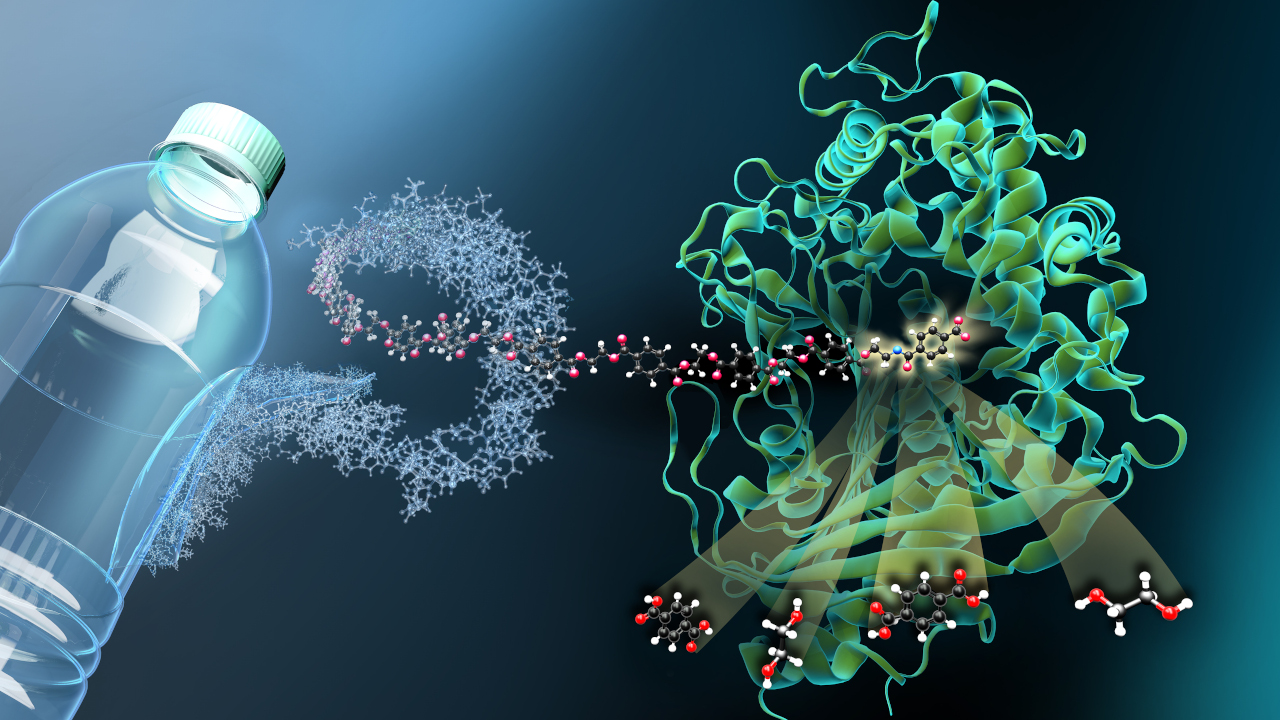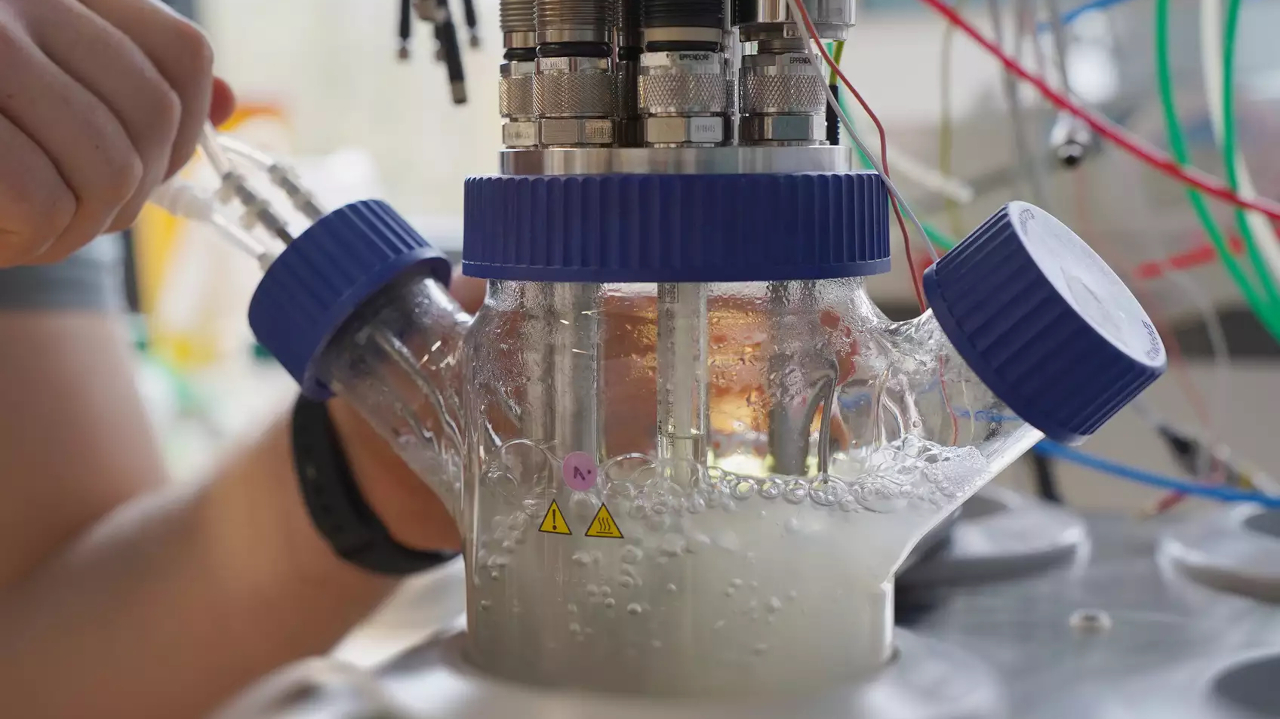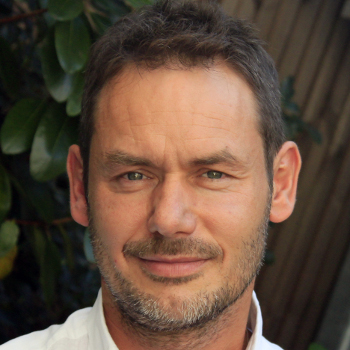Cultivate bacteria in their habitat
A silicone sponge can be used to detect bacteria that cannot be cultured in the laboratory and to analyze their DNA.
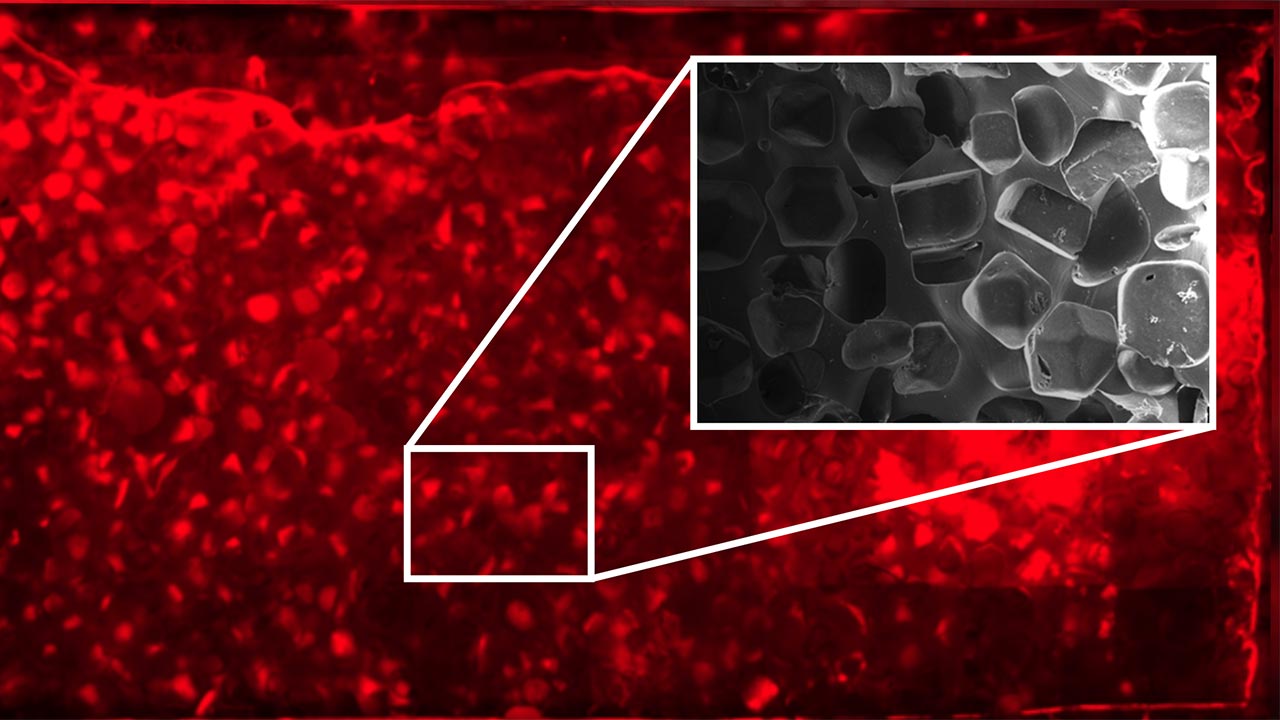
It is a dilemma of microbiology: The most interesting bacteria often live in very specific habitats with conditions that cannot be replicated in the laboratory. Therefore, these microorganisms cannot be cultivated and researched. Countless proteins that could have great potential for medicine or biotechnological applications escape discovery by humans in this way. A team of researchers at the Karlsruhe Institute of Technology (KIT) wants to change this.
Bacteria colonize medical silicone
If the microorganisms do not survive in the lab, the lab has to come to them: The researchers have developed a special chip that can be placed in the bacteria's habitat and is colonized by the microorganisms. The chip is then removed again and the bacteria's DNA is analyzed. The trick is to integrate a porous silicone structure into the homogeneous silicone chip. The holes absorb the microorganisms from the environment, almost like a sponge.
"It's amazing that no one has thought of using medical silicone for bacterial colonization," says Christof Niemeyer, professor of chemical biology at KIT. The material is easy to modify, durable, inexpensive, and does not interact with its environment. The team tested that the chip works in the laboratory with the established bacterium Escherichia coli. In different habitats, the chip then had to prove that it could take up bacteria living there within a few days - with success.
Successful tests in different habitats
The researchers were able to identify bacteria of the Actinobacterota family from the air of a chicken farm, for example, organisms that are of interest to researchers in the field of antibiotics and cancer therapeutics. In a breeding tank for walleye, the chip captured bacteria from a large group of microorganisms that have stubbornly resisted cultivation, known as Candidate Phyla Radiation. "These microorganisms account for about 70 percent of the microbial dark matter because they have not been cultivable so far," explains KIT researcher Anne-Kristin Kaster.
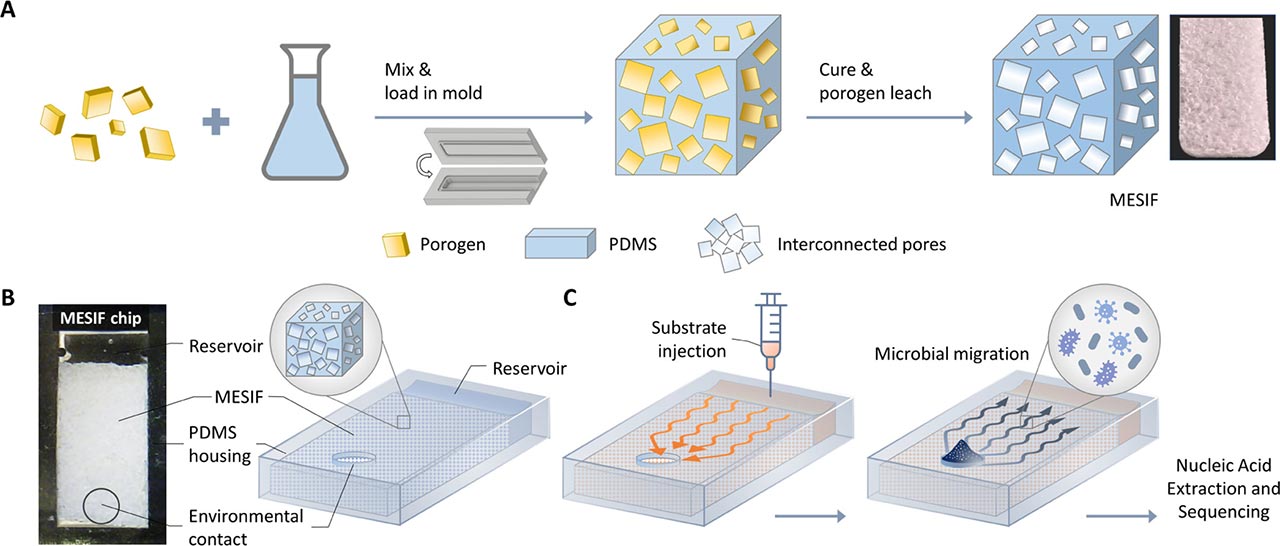
In sewage water, the researchers showed that the chip can also specifically enrich certain bacteria from a habitat. For example, the experts soaked the sponge with the pesticide glyphosate and thus attracted primarily cyanobacteria and desulfobacteria, both of which can break down the pesticide for their metabolism.
Silicone chip patent pending
"What is practical here is that the silicone chip - as a combination of sponge and chip - can be produced very easily using standard methods, in almost any size and number of pieces," Niemeyer sums up. This means that one has a robust research tool that can be used in basically any environment. "Everything indicates that this chip is very well suited for the systematic study of microbial dark matter and also opens up interesting possibilities for the cultivation of previously unculturable microorganisms," the researcher enthuses. A patent application has already been filed for the silicone chip. The team reports on further details in the journal ACS – Applied Material and Interfaces.
bl
